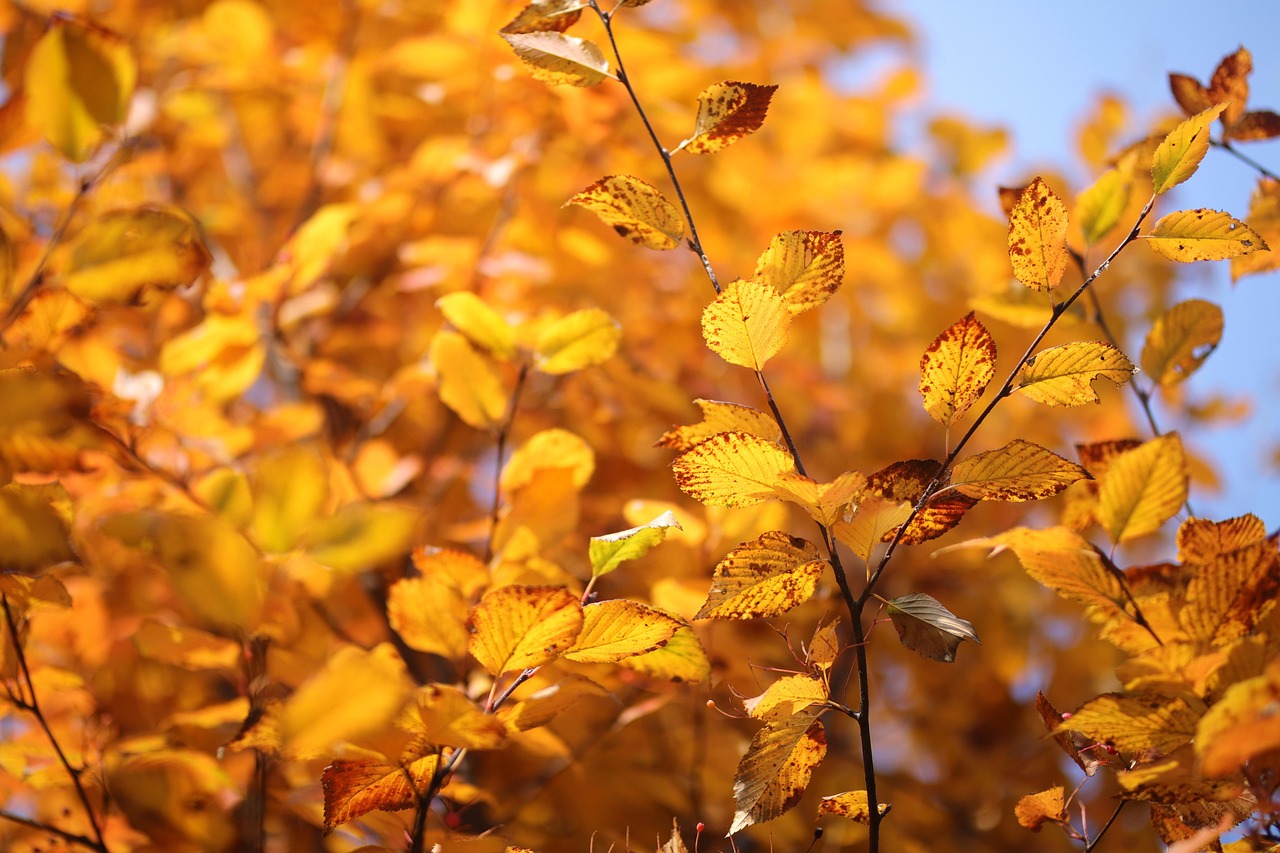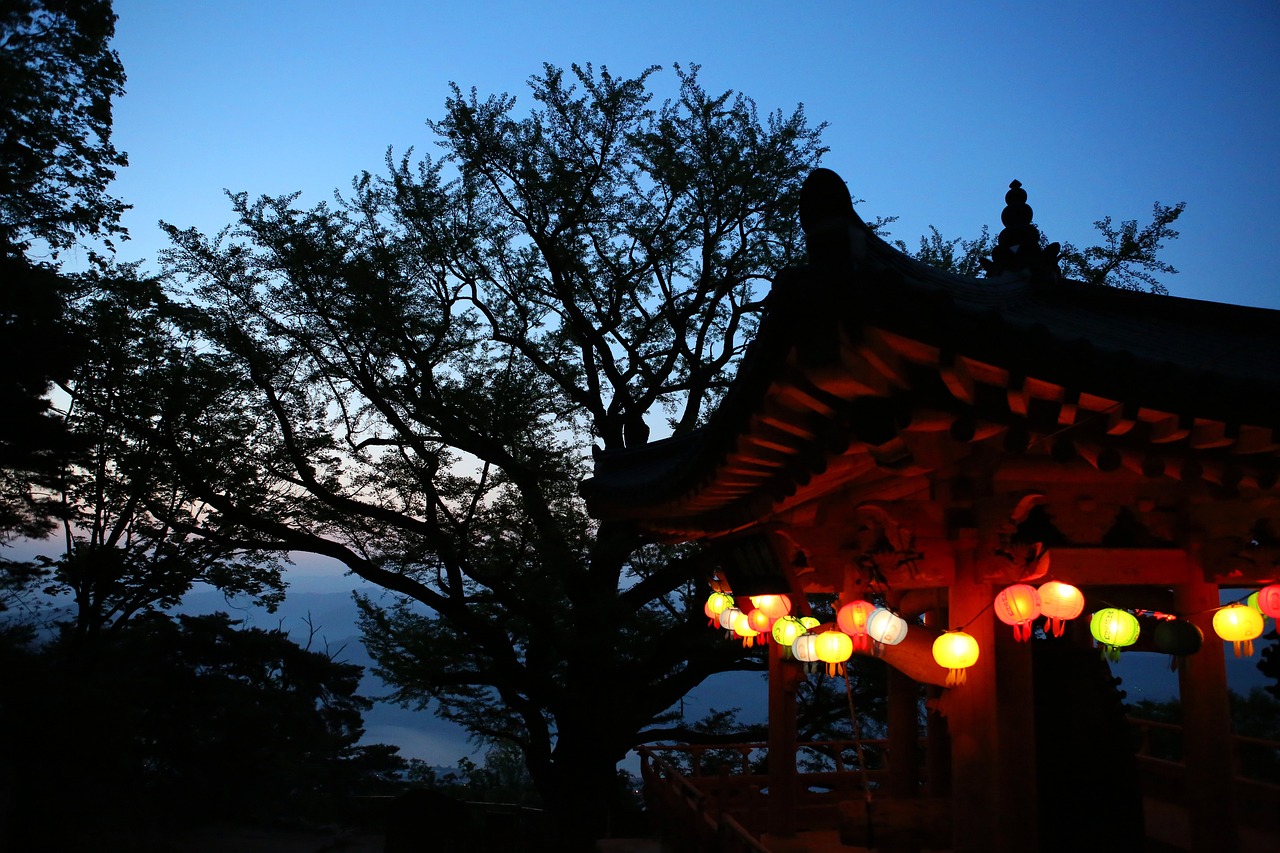The Green Vase Zelkova tree has a moderate growth rate, typically reaching heights of 50 to 60 feet within 20 to 30 years when planted in public gardens. Its growth can be influenced by soil quality, climate, and maintenance practices.
The Green Vase Zelkova (Zelkova serrata) is a deciduous tree known for its elegant, vase-like shape and resilience to urban environments. This tree species is popular in public gardens and parks due to its attractive foliage and ability to thrive in various soil types. Its growth rate is a key factor for gardeners and landscape designers when considering planting options.

One significant aspect of the Green Vase Zelkova is its adaptability. It can tolerate drought conditions, making it suitable for areas with less water availability. Additionally, it has a high resistance to pests and diseases, which further contributes to its appeal in public spaces. Understanding its growth rate is essential for planning garden layouts and ensuring that this tree can flourish without overcrowding.
Growth Rate Factors
The growth rate of the Green Vase Zelkova tree can vary significantly due to several factors. These include:
- Soil Quality: Well-drained, loamy soil with adequate nutrients promotes quicker growth.
- Water Availability: Regular watering, particularly during dry spells, supports healthy growth.
- Sunlight Exposure: Full sun to partial shade is ideal for optimal growth rates.
- Climate Conditions: This tree thrives in moderate climates and may struggle in extreme temperatures.
- Maintenance Practices: Pruning and fertilization can enhance growth and overall health.
Public gardens often provide ideal conditions for the Green Vase Zelkova tree, allowing it to reach its full potential. These gardens typically have well-maintained soil and irrigation systems, ensuring the trees receive sufficient nutrients and water. Furthermore, the presence of other plants can create a microclimate that benefits the growth of surrounding trees.

Growth Rate Statistics
To provide a clearer understanding of the growth rate of the Green Vase Zelkova tree, the following table summarizes key statistics related to its growth over time:
| Age (Years) | Average Height (Feet) | Average Canopy Spread (Feet) |
|---|---|---|
| 5 | 10 | 8 |
| 10 | 20 | 15 |
| 15 | 30 | 25 |
| 20 | 40 | 30 |
| 30 | 50-60 | 40-50 |
This table illustrates the typical growth trajectory of the Green Vase Zelkova tree. Initially, the tree grows slowly but gains momentum after the first few years. By the time it reaches 20 years, it can achieve impressive heights, contributing significantly to the landscape of public gardens.
The aesthetic appeal of the Green Vase Zelkova also plays a crucial role in its popularity. In addition to its height and spread, this tree showcases beautiful fall colors, transitioning from green to vibrant shades of yellow and orange. This seasonal transformation adds visual interest to public gardens throughout the year.

As cities continue to prioritize green spaces, understanding the growth rate and requirements of trees like the Green Vase Zelkova becomes increasingly important. By selecting suitable locations and providing proper care, these trees can thrive in urban settings while enhancing the beauty and ecological value of public gardens.
Maintenance Requirements
To ensure the healthy growth of the Green Vase Zelkova tree in public gardens, proper maintenance is essential. This tree is relatively low-maintenance, but there are specific care practices that can enhance its growth and longevity. Here are key maintenance practices to consider:
- Watering: Newly planted Zelkova trees require regular watering, particularly in their first few years. Once established, they are more drought-tolerant but should still receive adequate moisture during dry spells.
- Fertilization: Applying a balanced fertilizer in early spring can promote healthy growth. Organic options, such as compost, can also improve soil quality.
- Pruning: Pruning helps maintain the tree’s shape and encourages a strong structure. It is best to prune during late winter or early spring before new growth begins.
- Pest Management: Regular inspections for pests are crucial. While the Green Vase Zelkova is resistant to many pests, monitoring for any signs of infestations allows for timely intervention.
- Mulching: Applying a layer of mulch around the base of the tree helps retain moisture and suppress weeds, promoting healthier growth.
Soil Conditions and Requirements
The soil in which the Green Vase Zelkova tree is planted plays a significant role in its growth rate and overall health. Understanding the preferred soil conditions can help gardeners create the best environment for these trees.
Green Vase Zelkova trees thrive in:

- Well-Drained Soil: The roots need good drainage to prevent rot. Sandy loam or clay-loam soils are ideal.
- Nutrient-Rich Soil: Fertile soil with organic matter supports healthy growth. Adding compost or organic fertilizers can enhance nutrient levels.
- pH Levels: The optimal soil pH for Zelkova trees ranges from 6.0 to 7.5. Soil testing can determine if amendments are necessary.
Growth Rate Comparisons
When considering the Green Vase Zelkova tree for public gardens, it can be beneficial to compare its growth rate with other similar species. This comparison can help gardeners make informed decisions based on their landscape needs.
| Tree Species | Average Height (Feet) at 20 Years | Growth Rate (Inches per Year) | Canopy Spread (Feet) |
|---|---|---|---|
| Green Vase Zelkova | 50-60 | 12-18 | 40-50 |
| Red Maple | 40-50 | 12-24 | 30-40 |
| White Oak | 60-80 | 12-24 | 50-70 |
| Linden Tree | 50-70 | 12-24 | 30-40 |
This table highlights how the Green Vase Zelkova compares with other popular trees in terms of height, growth rate, and canopy spread at the 20-year mark. While it has a moderate growth rate, its size and shape make it an excellent choice for urban landscapes.
The Role of Green Vase Zelkova in Urban Ecology
The Green Vase Zelkova tree contributes significantly to urban ecology, providing various environmental benefits. Understanding these roles can enhance appreciation for this tree species in public gardens.
- Air Quality Improvement: Trees absorb carbon dioxide while releasing oxygen, improving air quality in urban areas.
- Shade Provision: The broad canopy provides shade, helping to cool surrounding areas and reduce energy costs during hot months.
- Biodiversity Support: The tree serves as a habitat for various birds and insects, contributing to urban biodiversity.
- Erosion Control: The extensive root system helps stabilize soil, preventing erosion and runoff.
- Aesthetic Appeal: Its attractive form and seasonal color changes enhance the visual appeal of public gardens.
By recognizing these ecological contributions, city planners and gardeners can better understand the importance of incorporating Green Vase Zelkova trees into public spaces. Their presence not only beautifies landscapes but also supports a healthier urban environment.
Common Uses of Green Vase Zelkova in Public Gardens
The Green Vase Zelkova tree is favored in public gardens for various practical and aesthetic reasons. Its unique characteristics make it suitable for several landscaping applications. Here are some common uses of this tree in public spaces:
- Shade Trees: Its broad canopy provides ample shade, making it ideal for park areas where visitors seek cool spots to relax.
- Street Trees: Many cities plant Zelkova trees along streets to enhance urban aesthetics while providing shade and improving air quality.
- Specimen Trees: The tree’s distinct vase shape makes it an attractive focal point in garden designs.
- Windbreaks: When planted in rows, Zelkova trees can act as effective windbreaks, protecting smaller plants and garden areas from harsh winds.
- Buffer Zones: These trees are often used in buffer zones around parking lots or industrial areas to mitigate noise and improve visual appeal.
Seasonal Changes and Aesthetic Value
The Green Vase Zelkova tree is not only functional but also adds significant aesthetic value to public gardens throughout the seasons. Its seasonal changes attract attention and enhance the overall beauty of the landscape.
Spring
In early spring, the Green Vase Zelkova begins to bloom with new leaves that emerge in vibrant shades of green. This fresh foliage signals the end of winter and provides a lively backdrop for other spring flowers and plants.
Summer
During the summer months, the tree’s dense canopy provides much-needed shade, making it a popular gathering spot for families and individuals looking to escape the heat. The deep green leaves create a lush landscape that complements other summer blooms.
Fall
As autumn approaches, the foliage transforms into brilliant hues of yellow and orange. This striking color change makes the Green Vase Zelkova a standout feature in public gardens, drawing visitors to appreciate its beauty during this transitional season.
Winter
In winter, even after shedding its leaves, the tree maintains an appealing silhouette. The bare branches can create a stark, beautiful contrast against a snowy backdrop, adding visual interest to the landscape even in colder months.
Environmental Benefits of Planting Green Vase Zelkova Trees
Beyond their aesthetic appeal, Green Vase Zelkova trees offer significant environmental benefits that enhance urban ecosystems. These benefits include:
- Carbon Sequestration: By absorbing carbon dioxide, these trees help mitigate climate change effects, contributing to a healthier planet.
- Habitat Creation: The tree provides habitat for various wildlife species, promoting biodiversity within urban settings.
- Noise Reduction: The dense foliage acts as a natural sound barrier, helping to reduce noise pollution in busy urban areas.
- Stormwater Management: The root system aids in water absorption, reducing runoff and helping to manage stormwater in urban environments.
- Temperature Regulation: Trees help lower surrounding temperatures through shade and evapotranspiration, creating cooler microclimates in urban areas.
Pest and Disease Resistance
The Green Vase Zelkova is celebrated for its resilience against many pests and diseases that commonly affect trees. Understanding these aspects can help gardeners maintain the health of these trees in public gardens.
Pest Resistance
This tree is particularly resistant to common pests such as aphids and borers. While it may suffer from occasional infestations, regular monitoring can help catch issues early. Implementing integrated pest management (IPM) strategies can further minimize potential problems.
Disease Resistance
The Green Vase Zelkova is also known for its resistance to several tree diseases, including:
- Dutch Elm Disease: Unlike many other elm species, Zelkova is not susceptible to this devastating disease.
- Powdery Mildew: This tree shows good resistance to powdery mildew, a fungal disease that affects many plants.
- Leaf Spot Diseases: Zelkova trees typically exhibit resilience against common leaf spot diseases that can weaken other trees.
This disease resistance makes the Green Vase Zelkova an ideal choice for low-maintenance landscapes. Gardeners can enjoy its beauty without worrying excessively about potential health threats to the tree.
The Economic Value of Green Vase Zelkova Trees
The Green Vase Zelkova tree not only provides environmental and aesthetic benefits but also contributes economic value to public gardens and urban areas. Understanding these economic aspects can support decisions related to landscaping investments.
- Increased Property Values: Well-maintained public gardens with mature trees can significantly increase property values in surrounding areas.
- Tourism Attraction: Beautifully landscaped parks featuring Zelkova trees can attract tourists, boosting local economies.
- Energy Savings: The shade provided by these trees can lead to reduced cooling costs for nearby buildings during hot months.
- Job Creation: Maintaining public gardens creates job opportunities in landscaping, horticulture, and park management.
The economic benefits associated with planting Green Vase Zelkova trees highlight their importance in urban landscaping initiatives. Their role extends beyond beauty and ecology; they contribute positively to community well-being and economic stability.
Challenges in Cultivating Green Vase Zelkova Trees
While the Green Vase Zelkova tree offers many advantages, there are also challenges associated with its cultivation in public gardens. Understanding these challenges can help gardeners and landscape managers mitigate potential issues.
- Initial Growth Slowdown: The tree may exhibit a slow growth rate during its first few years. Patience is essential as it takes time to establish a strong root system.
- Soil Compaction: Urban environments often present compacted soils that hinder root development. Amending soil before planting can alleviate this issue.
- Water Stress: During periods of drought, young trees may struggle without adequate watering. Establishing a proper irrigation system is crucial for their survival.
- Overcrowding: In public gardens, Zelkova trees can become overshadowed by faster-growing species if not appropriately spaced. Careful planning is needed to ensure they have sufficient light and space.
- Seasonal Adaptation: While generally adaptable, extreme weather conditions can stress the tree, particularly in areas with harsh winters or intense summer heat.
Community Engagement and Education
Engaging the community in the care and appreciation of Green Vase Zelkova trees can enhance their benefits. Educational programs can inform the public about the ecological and economic value of these trees. Here are some ways to promote community involvement:
- Workshops: Hosting workshops focused on tree care, pruning, and maintenance can empower residents to take an active role in local gardening efforts.
- Adopt-a-Tree Programs: Encouraging community members to “adopt” a tree fosters a sense of responsibility and connection to local green spaces.
- Educational Signage: Placing informative signs near Zelkova trees can help visitors learn about their importance, growth habits, and environmental benefits.
- Volunteer Days: Organizing volunteer events for tree planting and maintenance can promote teamwork while enhancing community pride in public gardens.
Future Prospects for Green Vase Zelkova Trees
The future prospects for Green Vase Zelkova trees in urban public gardens appear bright. As more cities recognize the importance of green spaces, the demand for resilient and attractive trees will likely increase. Urban planners are increasingly focusing on sustainable landscaping practices that incorporate native and adaptive species like the Zelkova. This shift can lead to:
- Integration into Urban Planning: Future urban developments are likely to prioritize green infrastructure that includes trees like the Zelkova to enhance livability.
- Increased Biodiversity: As more Zelkova trees are planted, they can support a wider range of wildlife, contributing to urban biodiversity.
- Climate Resilience: The ability of Zelkova trees to withstand various environmental stressors makes them valuable assets in adapting urban landscapes to climate change.
- Research and Innovation: Ongoing research into urban forestry practices may yield new techniques for optimizing the growth and health of Zelkova trees.
Conclusion
The Green Vase Zelkova tree stands out as a valuable addition to public gardens, combining aesthetic appeal with significant ecological and economic benefits. Its moderate growth rate, resilience to pests and diseases, and adaptability to urban environments make it an ideal choice for city planners and gardeners alike. While challenges exist in cultivating this species, proactive maintenance and community engagement can maximize its potential. As cities continue to prioritize green spaces, the Green Vase Zelkova tree will play a vital role in creating sustainable and beautiful urban landscapes.
By understanding its growth rate, maintenance needs, and environmental contributions, communities can harness the full potential of the Green Vase Zelkova tree. This not only enriches public gardens but also enhances the quality of life for residents and visitors, creating greener, more vibrant urban spaces for generations to come.
